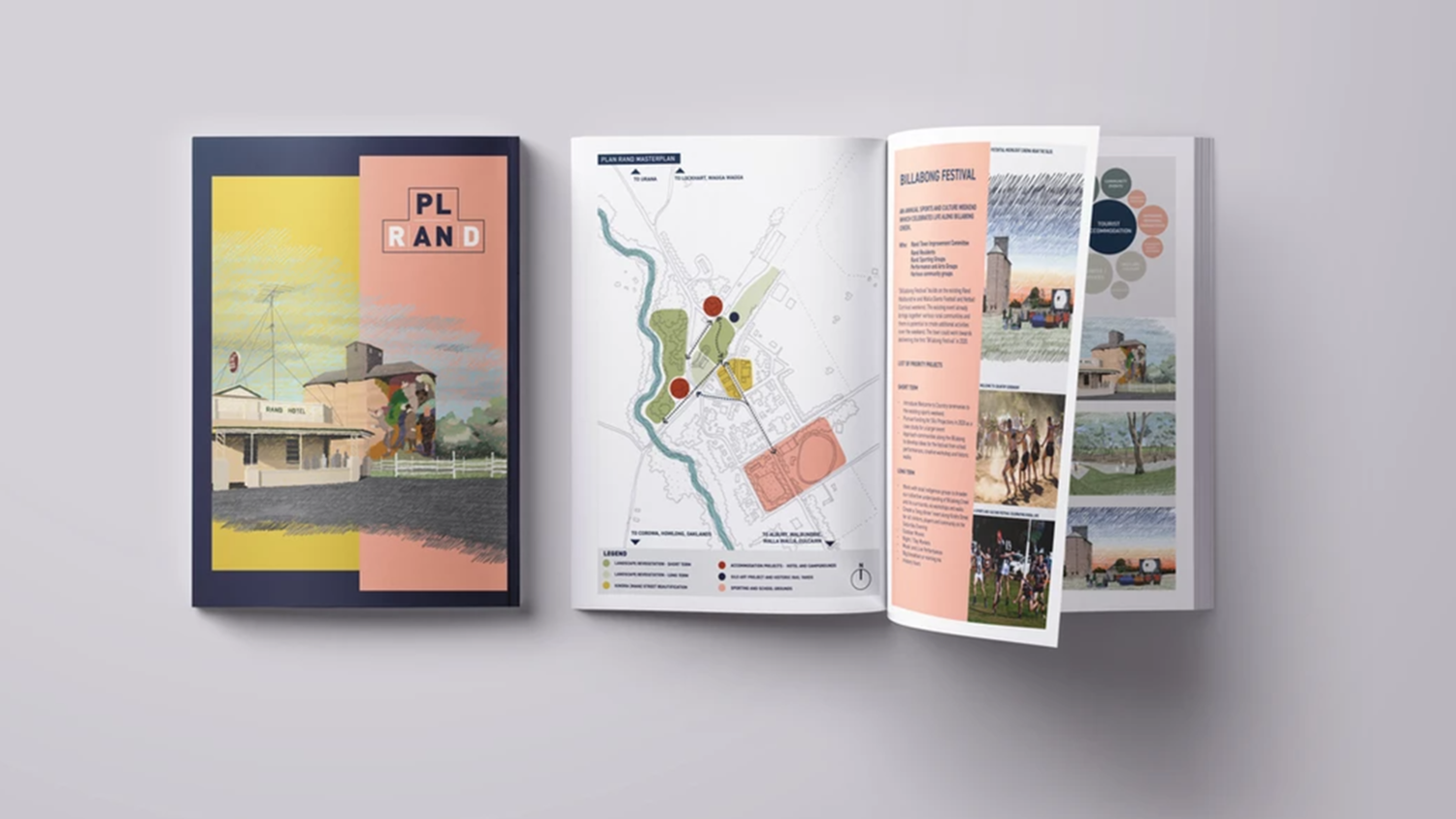A Yarn with Regional Design Service/SEPTEMBER 7, 2020
Dusty and Thirsty yarn with…Phillip Nielsen - Design Director at Regional Design Service
After following Phillip and his crew for a while now, it was clear that rather than just practicing in Regional Australia (Corowa, NSW), they are also advocates for thinking about it, visiting it and investing in it. Just our kind of people…
With experience as a project architect from Melbourne and Brisbane, Phillip’s aspirations are still the same with his interest in how people engage with the built environment around them but says his role as an architect looks very different and much broader based in Corowa. From his experience practicing in Regional Australia, he has realised you are connected directly to the public…
“people come up and say thanks very much for your work… when in the city does someone thank you for being an architect?”
These chairs, chosen by Regional Design Service in a local project, mean that the staff can hang them from the table from their arms rather than pick them up onto the tables to mop the floor. A local noticed this and amazed, told this to Phillip who kindly said…”…that’s why we picked them”. He said “from this moment, the lady finally started to understand what it is we actually do”.
Before his move to Corowa Phillip admits -
“I was one of those people, I never went to site, I never met people, I was designing spaceships”
His critique of his previous city architect self and by extension regional architecture designed from a city was that he was designing spaceships from a different planet, in the veneer of the industry. Imposing design ambitions inspired by a global response on a place very far away, not being able to visit the site but leading the design team and built work. A familiar story when City practices win the regional work rather than Regional practices, based in those contexts, getting the jobs.
When this is the case, those regional communities have very little chance of getting what they need or want, as often the council sees themselves as the real client, not the community with engagement remaining tokenistic overlaid with preconceptions from the foreign planet. We saw this often across Australia in regional and remote towns, the best example in Leonara in WA where a beautiful new building in the main street had paid parking designed at the rear and was very glossy and shiny… the services in town couldn’t afford the rent and none of the locals used the gated parking due to km’s of free street parking out front.
Phillip and his crew are challenging just this! They are now 3 years embedded in their community of 5,500 people with a shop-front studio visible on the main street, welcoming to walk-ins and sit on or chair far too many community groups Their job is as an Architects yes, but more importantly, advocates and educators to the general public about good design, it’s value and breaking the bow-tie wearing/affordable stereotype architecture is often black labelled with.
One of the big challenges they have faced is through the procurement process for public tenders from local government. They have come to experience design and consultation stages are significantly reduced into short time frames, 4-5 weeks of a 24 month long process, that makes it almost impossible to get a good, community focused design outcome, i.e. voila a demountable! On top of this community grant rounds rarely allow for professional consultant fees which means community volunteers need to contribute their own funds for early design input to better understand project complexity, scale and most importantly costs. With this in mind Phillip and his team are constantly working towards how they can help small communities be ‘shovel ready’ when the next major grant round pops up for their humble hall toilet block, picnic tables or RV dump point! They do this by attending community workshops, pro-bono and paid consultancy, connecting volunteers with other professionals and assisting with up-skilling and educating about grant writing and the procurement process.
“Flattening the curve” - Phillip and his teams re-thinking of the project procurement and grant process. The top graphic is the current model and the bottom one is how Regional Design Service are trying to work in order to get better community results!
“Unless you are embedded, the community isn’t getting what they want”
He explained one of the most successful community sessions was when they set up a pop up at the region's biggest football day to get the attention of the public to have a chat. Much like on our national exhibition tour Girthy; with Slim Edges, Phillip expressed the conversations, mentality shifts inspiration (for both parties) which comes from being in such places.
We shared a knowing laugh with Phillip from a moment on The Grand Section where someone responded to us after presenting our ‘exhibition’ to Windorah after a week’s stay with, “I didn’t know that’s what architects did, I didn’t know you could talk to them’.
We left asking for any precedents to add to our growing map of exemplary regional/remote buildings and talked of A.C Macknight responsible for an extensive number of Pise buildings from 1896 throughout the Riverina and North East Victoria.
Booyah! Yet another reason to step outside of the inhabited cost fringe of the country.
Bravo Phillip and your team! Thanks for the inspiration.




